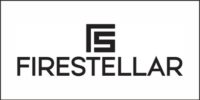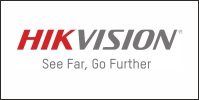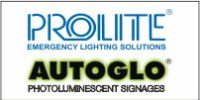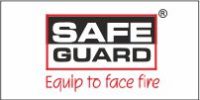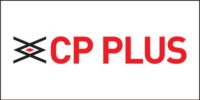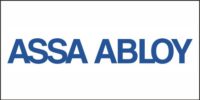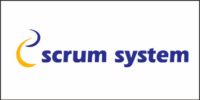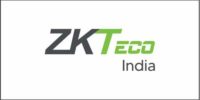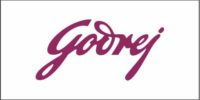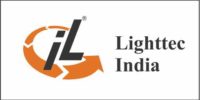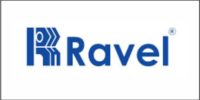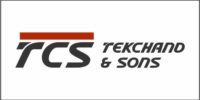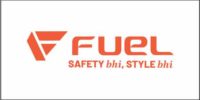
 Access control systems dictate who can enter specific areas within a healthcare facility and what information individuals can access. Complex healthcare ecosystems demand efficient and robust access control systems for protecting both patient data and the physical security of healthcare facilities. As the healthcare sector evolves, the mechanisms by which organizations ensure security have also transformed. From RFID and keycard systems to mobile access control, these systems play a critical role in safeguarding patient privacy and maintaining the integrity of sensitive healthcare data.
Access control systems dictate who can enter specific areas within a healthcare facility and what information individuals can access. Complex healthcare ecosystems demand efficient and robust access control systems for protecting both patient data and the physical security of healthcare facilities. As the healthcare sector evolves, the mechanisms by which organizations ensure security have also transformed. From RFID and keycard systems to mobile access control, these systems play a critical role in safeguarding patient privacy and maintaining the integrity of sensitive healthcare data.
PIN and Keypad Locks: Precise Security
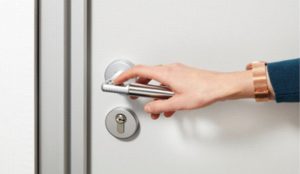 PIN and keypad locks provide a valuable layer of security within healthcare environments. They require individuals to enter a specific code to access restricted areas, offering several benefits. Keypad locks are relatively affordable and straightforward to implement. Code entry restricts access to those who have been provided the PIN, allowing for quick adjustments as personnel change or security needs evolve. With no physical keys to lose or steal, organizations can reduce the risk of unauthorized access through lost credentials. This makes it essential to educate staff on the importance of maintaining the confidentiality of PIN codes to prevent unauthorized access.
PIN and keypad locks provide a valuable layer of security within healthcare environments. They require individuals to enter a specific code to access restricted areas, offering several benefits. Keypad locks are relatively affordable and straightforward to implement. Code entry restricts access to those who have been provided the PIN, allowing for quick adjustments as personnel change or security needs evolve. With no physical keys to lose or steal, organizations can reduce the risk of unauthorized access through lost credentials. This makes it essential to educate staff on the importance of maintaining the confidentiality of PIN codes to prevent unauthorized access.
RFID and Keycard Systems: Streamlining Access
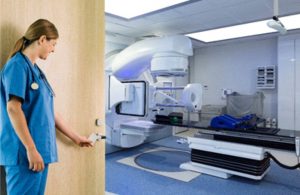 Radio Frequency Identification (RFID) and keycard systems are widely used in healthcare facilities due to their flexibility and ease of use. These systems involve the use of physical cards equipped with RFID chips or magnetic strips, allowing for quick access to secured areas. Easy to use with a simple swipe or tap, access permissions can easily be updated, allowing for rapid adjustments based on staffing changes or security needs. RFID systems can be integrated with other security measures, such as surveillance cameras and alarm systems for comprehensive security solutions.
Radio Frequency Identification (RFID) and keycard systems are widely used in healthcare facilities due to their flexibility and ease of use. These systems involve the use of physical cards equipped with RFID chips or magnetic strips, allowing for quick access to secured areas. Easy to use with a simple swipe or tap, access permissions can easily be updated, allowing for rapid adjustments based on staffing changes or security needs. RFID systems can be integrated with other security measures, such as surveillance cameras and alarm systems for comprehensive security solutions.
Electrified Locks: Control and Convenience for Critical Locations
 Electrified locks offer precise control over who can access critical areas, integrating seamlessly with electronic access control systems, including key cards, biometrics, and PIN codes. Such a locking technology ensures reliable operation in high-traffic areas, providing remote control over doors while offering the flexibility of fail-safe and fail-secure modes for emergency situations. Their resilient construction ensures longevity and resistance to tampering. While initial investment may be required, the long-term maintenance and operational efficiencies gained from electrified locks lead to overall cost savings. Less downtime during transitions, retrofitting capabilities, flexibility in access requirements which make it possible to even combine contradictory functions like access control and emergency evacuations, ensure continuous security and access. This makes them ideal for securing sensitive zones in healthcare facilities while meeting strict compliance standards.
Electrified locks offer precise control over who can access critical areas, integrating seamlessly with electronic access control systems, including key cards, biometrics, and PIN codes. Such a locking technology ensures reliable operation in high-traffic areas, providing remote control over doors while offering the flexibility of fail-safe and fail-secure modes for emergency situations. Their resilient construction ensures longevity and resistance to tampering. While initial investment may be required, the long-term maintenance and operational efficiencies gained from electrified locks lead to overall cost savings. Less downtime during transitions, retrofitting capabilities, flexibility in access requirements which make it possible to even combine contradictory functions like access control and emergency evacuations, ensure continuous security and access. This makes them ideal for securing sensitive zones in healthcare facilities while meeting strict compliance standards.
Mechatronic solutions: The Best of Both
 Mechatronic solutions like CLIQ combine mechanical locks with electronic access control, offering flexibility and security without extensive wiring. CLIQ’s programmable keys provide time-based access permissions, audit trails to track entries and exits. The CLIQ Web Manager adds remote access management, allowing administrators to control locks and keys from anywhere, which is ideal for facilities spread across multiple sites or remote locations. It allows hospital administrators to quickly update access rights, handle emergency overrides or grant temporary access, reducing downtime during emergencies or urgent care situations. Audit trails supporting compliance are critical in facilities handling high volumes of sensitive information.
Mechatronic solutions like CLIQ combine mechanical locks with electronic access control, offering flexibility and security without extensive wiring. CLIQ’s programmable keys provide time-based access permissions, audit trails to track entries and exits. The CLIQ Web Manager adds remote access management, allowing administrators to control locks and keys from anywhere, which is ideal for facilities spread across multiple sites or remote locations. It allows hospital administrators to quickly update access rights, handle emergency overrides or grant temporary access, reducing downtime during emergencies or urgent care situations. Audit trails supporting compliance are critical in facilities handling high volumes of sensitive information.
Biometric Authentication: Beyond Passwords
Biometric authentication access control that provides enhanced security through unique physical characteristics. Fingerprint scanning, facial recognition, and iris scanning are some biometric methods gaining traction in healthcare environments. Biometric identifiers are unique to individuals like facial structure or fingerprints, making unauthorized access significantly more difficult.
Mobile Access Control: Seamless Experience
 There are few things more important that security and sanitation in the healthcare sector. This is one of the prominent reasons mobile access control is an emerging trend within healthcare. This solution enables staff to use their mobile devices as access keys, enhancing convenience without compromising on security. Employees can gain access using their smartphones, minimizing physical contact which remains an especially important factor for the sector. Administrators have the flexibility to manage access permissions in real time. As healthcare becomes increasingly digital, mobile access control solutions presents a manageable way to streamline and increase security keeping the ease of use.
There are few things more important that security and sanitation in the healthcare sector. This is one of the prominent reasons mobile access control is an emerging trend within healthcare. This solution enables staff to use their mobile devices as access keys, enhancing convenience without compromising on security. Employees can gain access using their smartphones, minimizing physical contact which remains an especially important factor for the sector. Administrators have the flexibility to manage access permissions in real time. As healthcare becomes increasingly digital, mobile access control solutions presents a manageable way to streamline and increase security keeping the ease of use.
Emergency Preparedness: A Security Necessity
Access control plays a crucial role in emergency preparedness plans. Security measures like access control, patient safety protocols, and medical supply management are critical, and post-incident recovery focuses on damage assessment, mental health support, and resource replenishment to ensure a swift return to normal operations. By utilizing innovations in biometric authentication, mobile access control, and audit trails while maintaining clear protocols and training, healthcare organizations can effectively safeguard against potential threats.
Prioritizing access control not only enhances the security landscape but ultimately contributes to the trust that patients place in their healthcare providers. Through a commitment to security and patient protection, healthcare organizations can navigate the challenges of modern healthcare with confidence and integrity, ensuring a safe and secure environment for all stakeholders involved.
For more information visit www.assaabloy.com












